Mystical Marriage of Saint Catherine
Oil on canvas, 77 x 136 cm
With frame, cm 100 x 163
Our painting is a 19th-century replica of a famous portrait by the Cremonese visual painter Boccaccio Boccaccino, the Mystical Marriage of Saint Catherine, currently preserved in the collections of the Gallerie dell'Accademia in Venice. The painting in the Gallerie dell'Accademia, created by Boccaccio Boccaccino around 1506 during his second stay in Venice, is signed by the artist on the cartouche at the bottom right. The painting depicts the traditional theme of Saint Catherine's mystical marriage to the Baby Jesus, that is, the vision in a dream in which the saint mystically marries Christ. Saints Lucy, Peter and John the Baptist also attend the scene. Stylistically, the work reveals a clear debt to the pastoral lyricism of Giorgione's painting, a great point of reference for Boccaccino's Venetian period of activity. The autumn landscape, although reminiscent of Vittore Carpaccio's Sacred Conversation, blends harmoniously with the figures thanks to a tonal device reminiscent of Giorgione's The Three Philosophers. The background is rich in narrative details: on the left you can glimpse the announcement of the angels to the shepherds and the departure for Egypt, while on the right you can see the flight into Egypt and the ride of the Three Wise Men. Boccaccino draws on multiple inspirations: the female faces recall the physiognomies of Raphael and Bramantino, the Baby Jesus and Saint Peter show Bellini influences, and the Baptist recalls that of Cima da Conegliano. The horizontal, almost paratactic composition employs the pyramid scheme of Leonardo's invention to focus attention on the Virgin with the infant Christ, who seem to isolate themselves from the nearby saints. Finally, the open-air setting, the airy arrangement, and the careful definition of the precious fabrics interrupted by rigid draperies recall Dürer's Feast of the Rosary, a work created for the high altar of the church of St. Bartholomew in the summer of 1506. This masterpiece by Boccaccino not only testifies to his skill, but also to his ability to integrate different artistic influences into a unique synthesis. Boccaccio Boccaccino was an important Italian Renaissance painter, active between the late 15th and the first quarter of the 16th century. His artistic career took place mainly between the duchies of Milan and Ferrara and the city of Venice, where he was one of the most significant interpreters of the Giorgione style. Born in Ferrara, his first artistic experiences are little documented, but already in the last decade of the fifteenth century Boccaccino enjoyed a consolidated fame, working in various cities in northern Italy, including Genoa (where in 1493 he created a Maestà, now lost). In 1497 he is attested in Cremona, a city that will become the centre of his activity. Later he was also in Milan, where he seems to have been elected court painter. At the beginning of the sixteenth century, his production showed Emilian influences, classical tones derived from Lorenzo Costa and Francesco Francia, and Milanese influences from Bernardo Zenale, Giovan Antonio Boltraffio and Bramantino. However, Boccaccino proves particularly sensitive to Venetian innovations, absorbing the "big manner" of Giovanni Bellini and Giorgione, as can be seen in the Adoration of the Magi (now in Capodimonte) and in several Madonnas and Child. A stay in Venice in 1506 was crucial to his artistic maturation, where he further assimilated Giorgione's pastoral lyricism and tonal fusion. Subsequently, after a period in Rome around 1514, Boccaccino was among the first to popularize an early "Raphaelitism" and the portrait sensibility of Sebastiano del Piombo, bringing these influences back to Po Valley painting.
Luigi Lanzi called him "the best modern among the ancients, and the best ancient among the moderns," emphasizing his ability to innovate while maintaining a connection with tradition. Boccaccino opened a workshop in Cremona, where they trained artists such as Benvenuto Tisi, known as Garofalo, and his son Camillo Boccaccino. Among his best-known works are the Zingarella (Florence, Uffizi Gallery), the Adoration of the Shepherds (Naples, National Museum of Capodimonte), the Way to Calvary (London, National Gallery) and the Madonna and Child with a Bird (Milan, Pinacoteca di Brera).



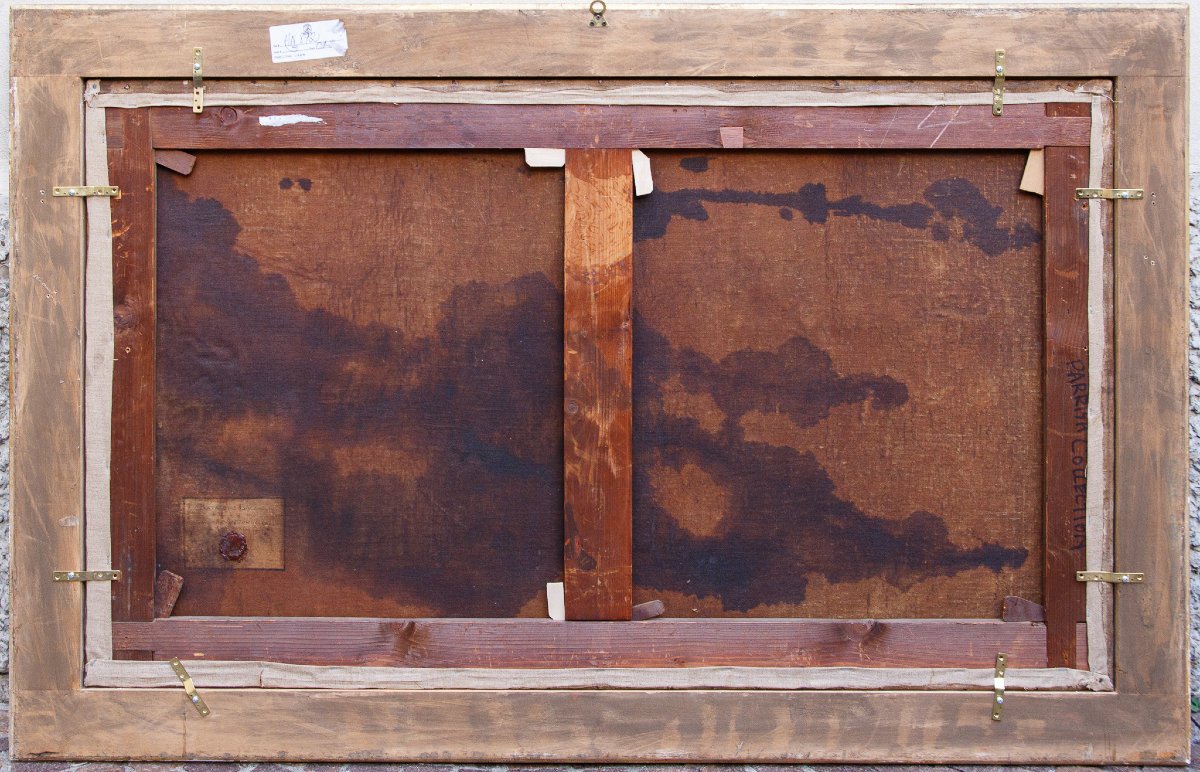


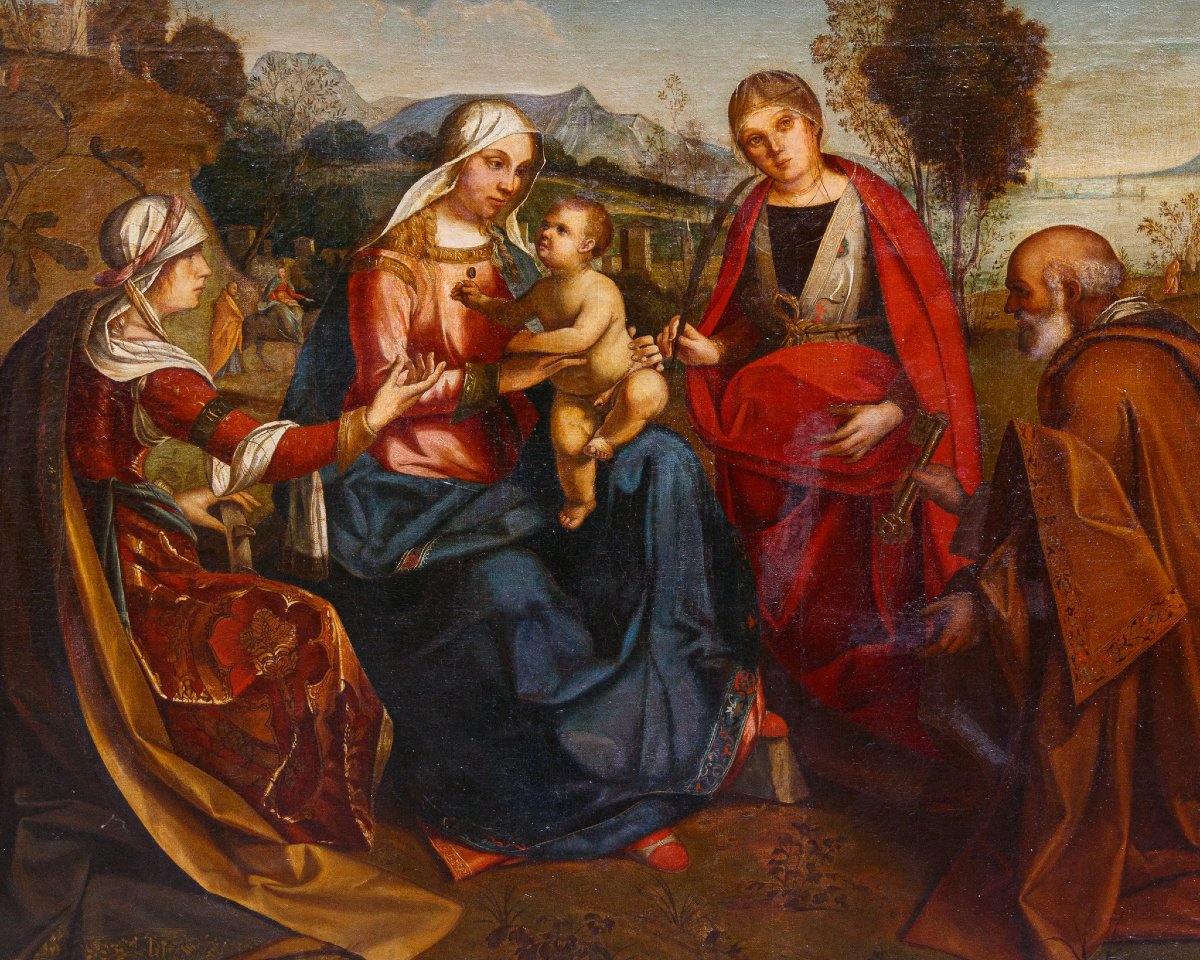



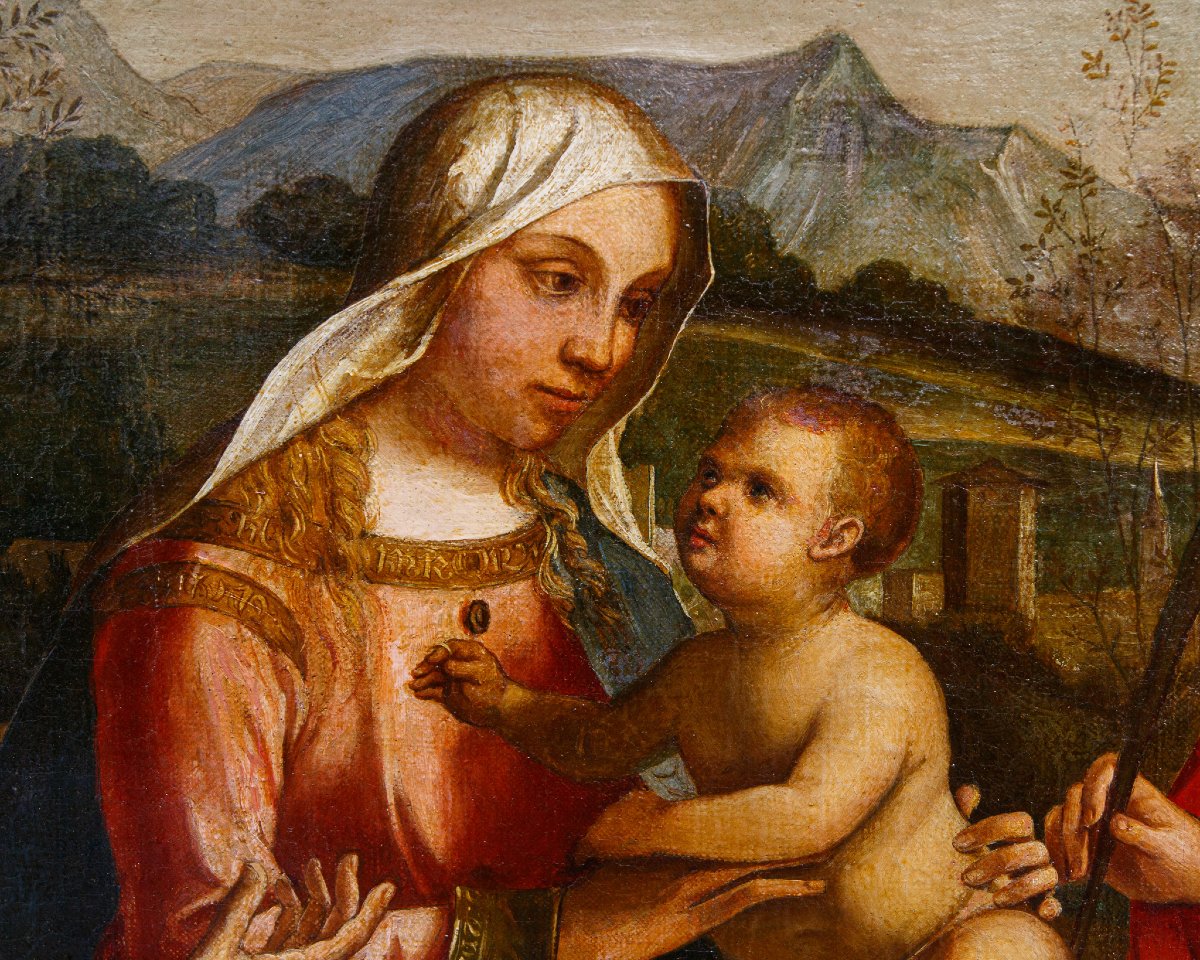
















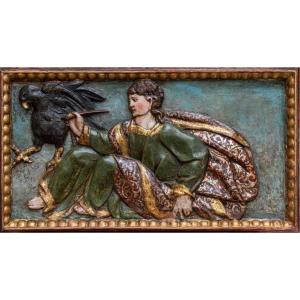








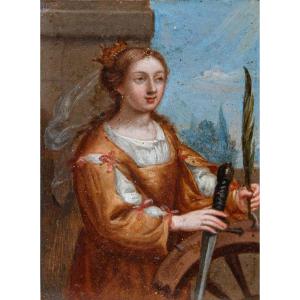







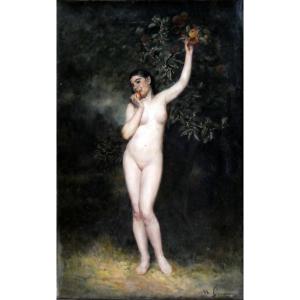





 Le Magazine de PROANTIC
Le Magazine de PROANTIC TRÉSORS Magazine
TRÉSORS Magazine Rivista Artiquariato
Rivista Artiquariato